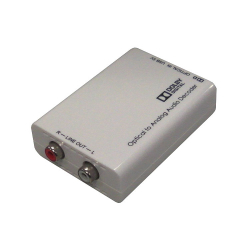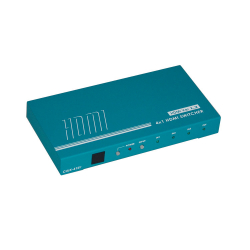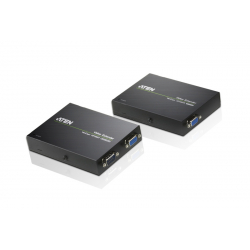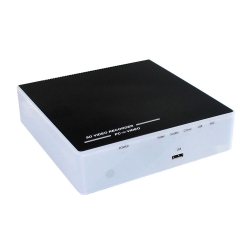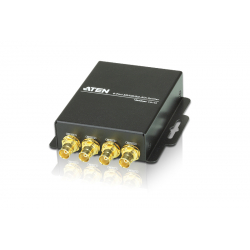A B C D E F G H I J K L M N O P Q R S T U V W X Y Z _
| Algorithm | An algorithm is a set of instructions, sometimes called a procedure or a function, that is used to perform a certain task. This can be a simple process, such as adding two numbers together, or a complex function, such as adding effects to an image. For example, in order to sharpen a digital photo, the algorithm would need to process each pixel in the image and determine which ones to change and how much to change them in order to make the image look sharper. Most computer programmers spend a large percentage of their time creating algorithms. (The rest of their time is spend debugging the algorithms that don't work properly.) The goal is to create efficient algorithms that do not waste more computer resources (such as RAM and CPU time) than necessary. This can be difficult, because an algorithm that performs well on one set of data may perform poorly on other data. As you might guess, poorly written algorithms can cause programs to run slowly and even crash. Therefore, software updates are often introduced, touting "Improved stability and performance." While this sounds impressive, it also means that the algorithms in the previous versions of the software were not written as well as they could have been. |
| ADC | Analog to Digital Converter. A device which converts an Analog signal to a digital form. Typically, an ADC is an electronic device that converts an input analog voltage (or current) to a digital number proportional to the magnitude of the voltage or current. The process may be done with different levels of accuracy. |
| Anamorphic Widescreen | The process that horizontally squeezes a widescreen (16:9) image so that it can be stored into a standard 4:3 aspect ratio DVD image frame. When played back on a 4:3 television, the DVD player usually restores the correct aspect ratio and generates black bars at the top and bottom of the frame. If the DVD player is set up incorrectly, the picture may be distorted, making objects appear thin and tall. If content is viewed on a 16:9 display, the TV restores the anamorphic widescreen image to its original proportions. Non-anamorphic video played on the same television has not only the black bars at the top and bottom, but grey bars on the left and right because the video signal is more square than the television screen. |
| AC | With AC (Alternating Current), the movement (or flow) of electric charge periodically reverses direction. An electric charge would for instance move forward, then backward, then forward, then backward, over and over again. In direct current (DC), the movement (or flow) of electric charge is only in one direction. |
| Analog Monitor | Display unit that only accepts analog signals. All signals in such monitors pass through a completely digital section prior to display. While many similar connectors (13W3, BNC, etc..) were used on other platforms, the IBM PC and compatible systems long ago standardised the VGA connector. |
| Analog Video | A video signal transferred by analog signal. It contains the luminance (brightness) and chrominance (colour) of the image, which may be carried in separate channels, as in component video (YPbPr) and S-Video, or combined in one channel, as in composite video and RF connector. Several types of signal formats are accepted by analog monitors: composite video, RGB & sync, Y/C, YUV and any combination of these formats. |
| Antialiasing | Antialiasing is a procedure which, by smoothing and filtering, eliminates or reduces the distortion artifacts known as aliasing when representing a high-resolution signal at a lower resolution. The procedure usually involves low pass filtering of the processed signal prior to digitising in order to eliminate signals, having frequencies close to and greater than half of the sampling frequency. |
| Aspect Ratio | The ratio between the width and height of the TV picture on the screen. There are two common TV screen shapes that most people will recognise - for television monitors it is either 4:3 ('standard') or 16:9 ('widescreen'). NTSC analog TV systems use a 4:3 aspect ratio, while ATSC uses the wider 16:9 aspect ratio. While most new HD programming is in 16:9, a significant amount of TV broadcasts are still sent in the conventional 4:3 ratio. When watching 4:3 programs on a HDTV 'pillar boxing' may occur, with black columns displayed on the left and right of the image. |
| Audio Bandwidth | The range of audio frequencies over which an amplifier or receiver will respond and provide useful output. The highest practical frequency which the human ear can normally hear is 20 kHz. An audio amplifier which processes all frequencies equally (flat response from 20 Hz to 20 kHz) and a reasonably high signal-to-noise ratio, will faithfully reproduce the full range of perceptible sound. |
- 1 (current)
- 2

